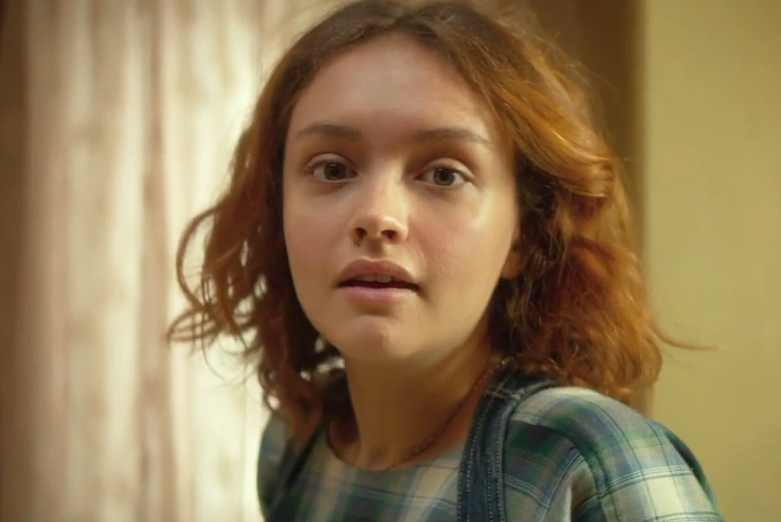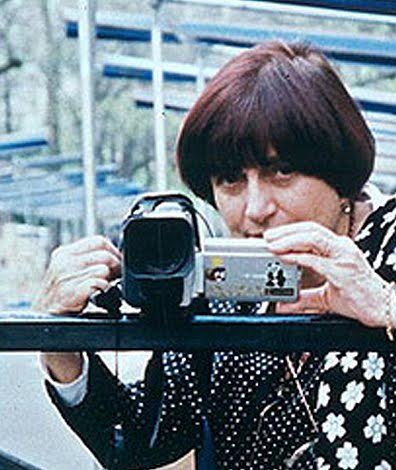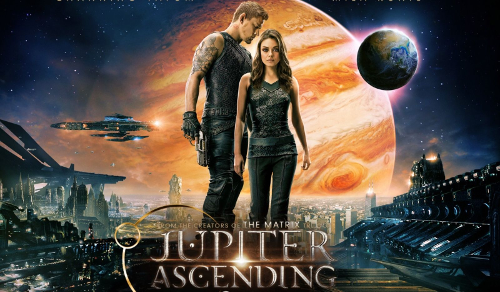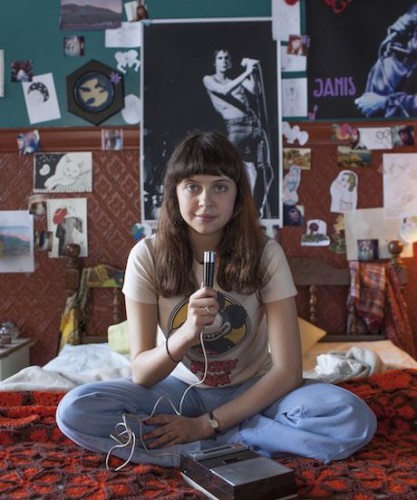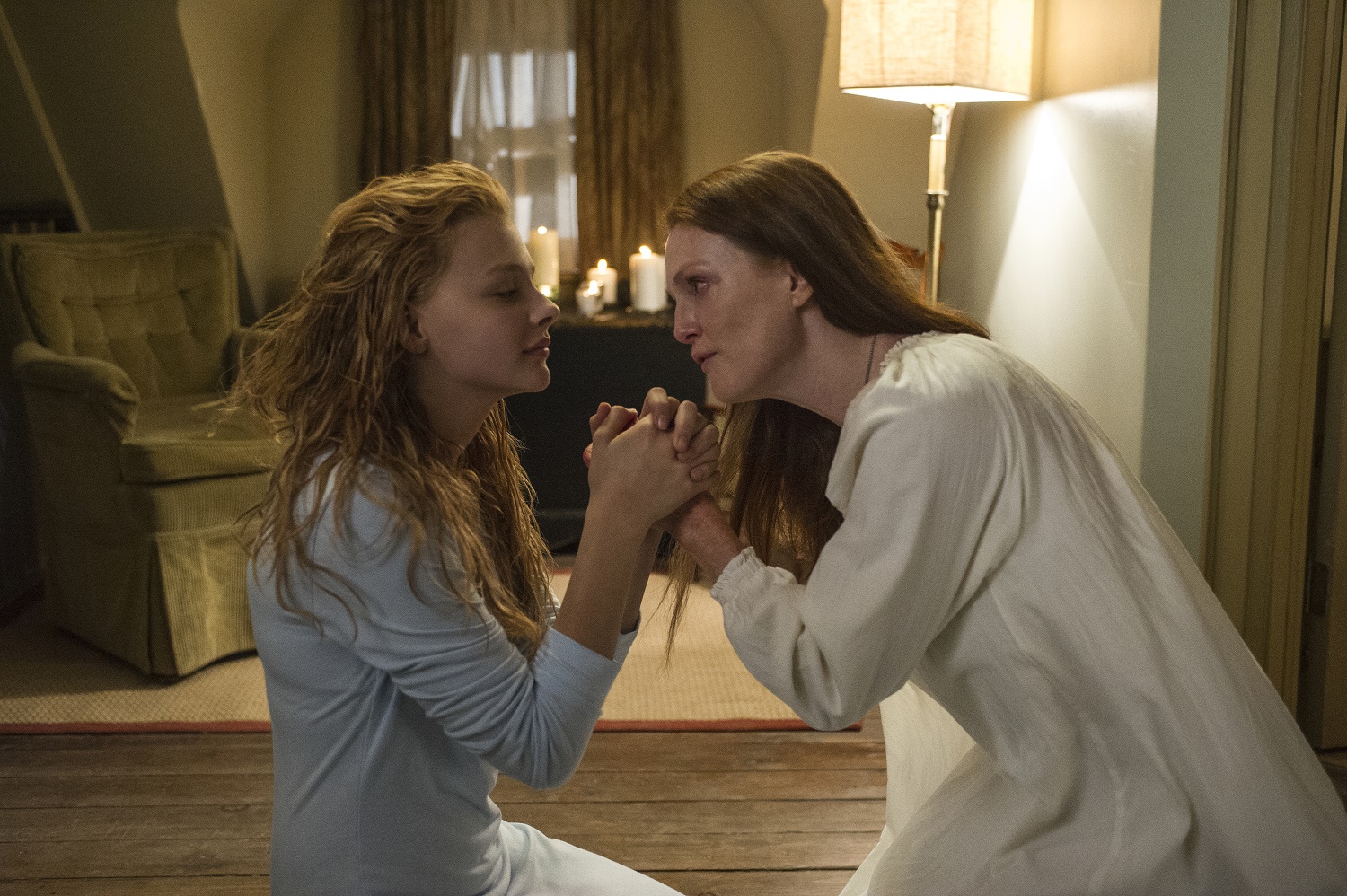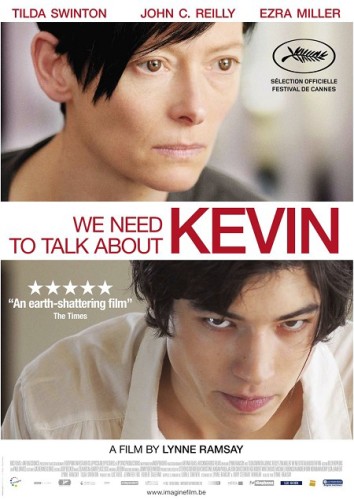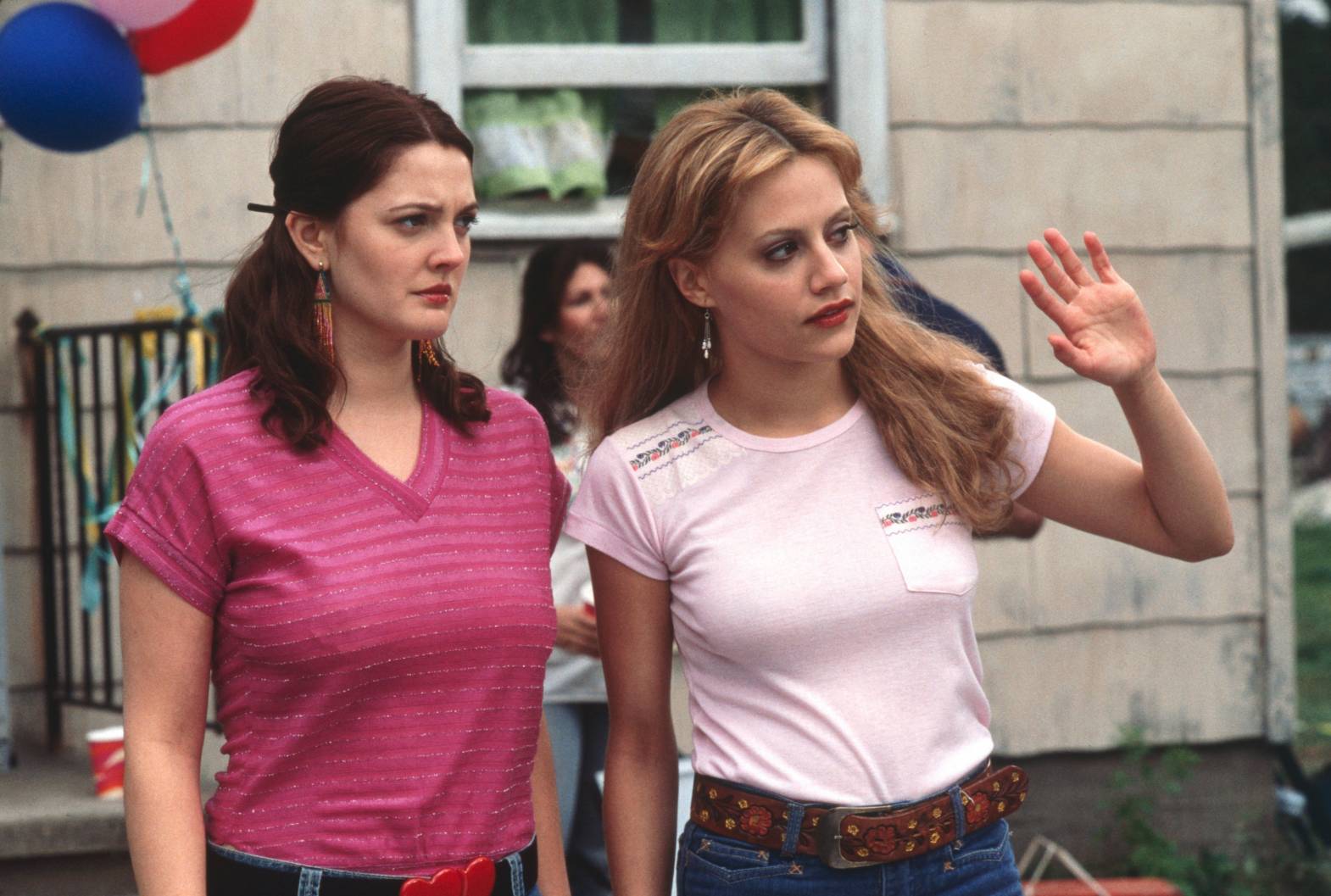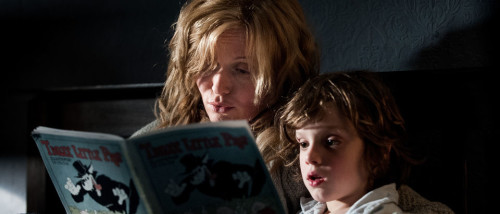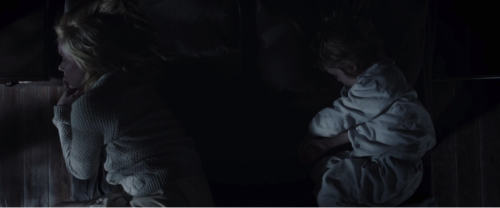In most movies, US government agents, whether they are from the FBI, like Mulder and Scully, or from the CIA, like Melissa McCarthy’s character in Spy, invariably play the hero (or heroine) thoughtful, competent, and above all, ethical. The news tells a different story; FBI protection was a key factor in organized crime head Whitey Bulger escaping prosecution for his crimes (which included murder) for decades. When the FBI was investigating the Boston Marathon bombing they interrogated an unarmed immigrant friend of the bombers, and even though he was not implicated in the crime they shot and killed him. Just last week, after targeting a Boston-area Muslim man with surveillance for a number of months, the FBI (teaming with local police) stopped him near a CVS parking lot to “talk” to him. They ended up shooting him dead right there–at 7 a.m. on a workday morning.
To see a portrait of the inner workings of the FBI we have to look to films like the new documentary, (T)ERROR, co-directed by Lyric R. Cabral and David Felix Sutcliffe, showing this Sunday, June 14 as part of the Human Rights Watch Film Festival. In a highly unusual coup, an FBI informant Saeed aka “Shariff” (who used to be Cabral’s neighbor) agrees to be followed by the camera (though he complains to Cabral during closeups, “You’re always getting the fucking headshots”) as he talks about his past cases and sets up a current one.
Saeed is an older Black American Muslim whom we see pull up stakes from his home (so he is away from his young son) and his job as a cook in a high school cafeteria to move to a strange city with his dog and his weed, working on getting entrée into the life of a younger American jihadi who makes inflammatory YouTube videos but seems not to do much else. We see Saeed haggling with the FBI about money (he does not seem to earn much–at all–for his efforts) and admonishing them to stop being so obvious about setting this guy up.
Meanwhile, the jihadi, using Google and a piece of mail he sees on Saeed’s car dashboard figures out his FBI connection early in their acquaintance. We find out later that Saeed started his career with the FBI because he himself was charged with a crime, and then set up a man who was a friend of his to escape punishment, a chilling reminder of the questionable use of informants in the US justice system. This cycle perpetuates to the end of the film–someone barely getting by (the jihadi lives in public housing and does not to have a car) preyed upon by someone nearly as desperate, Saeed, as the FBI eggs him on. Saeed seems unrepentant about his targets, saying, “I don’t have no feelings for them. You making the Islam look bad, you gotta go,” but as he smokes blunts and bakes a succession of cakes he seems bent on convincing not just the directors and us, but himself too.
The lie the designated Sundance “breakout” movie Me And Earl And The Dying Girl (which opens this Friday, June 12) tells is familiar–that the experiences of white, straight guys are the only important ones; the main white guy can learn valuable lessons thanks to women and people of color, but nothing they do or say could possibly be as fascinating to us. The “me” of the title is Greg (Thomas Mann) a senior in high school, quirky in that cliché movie way that never crosses into weird or creepy and creative (he makes films at home with pun titles of famous works). His only friend is Earl (RJ Cyler), the Black best friend as stereotype: Earl’s main attribute is his repetition in more than one scene of the word, “titties.” Greg’s mother (Connie Britton) (she along with Nick Offerman who plays Greg’s Dad and Molly Shannon, who also plays a parent in this film, wrest what they can out of the script which bestows no human qualities on them, just more quirks) commands him to visit a girl, Rachel (Olivia Cooke), newly diagnosed with cancer, saying, “You might be someone who could make Rachel feel better.” He hasn’t hung out with Rachel since grade school and she greets him at her house by saying, “I don’t need your stupid pity,” but the two begin a friendship anyway.
Too bad Rachel is really the manic, pixie, dying girl (the one way the movie doesn’t fall into predictability is that she and Greg never embark on a romance) since we find out, too late, she is an artist as well, but her aspirations and thoughts get short shrift. Olivia Cooke does well with a limited role and gives us a glimpse of how much better the movie could have been in one scene when she gives Greg a pep-talk about his future, but when he asks about hers, she suddenly goes quiet.

Alfonso Gomez-Rejon directed the script by Jesse Andrews based on his own YA novel; future filmmakers of similar material should note that no one over 20 gives a shit about high school social hierarchy. The film has great art direction and soundtrack selection (with artists like Brian Eno and vintage Velvet Underground), but nothing can disguise or improve its white-guy narrative of “Person unlike me who changed my life for the better,” which seems more fitting for an undergrad college entrance essay than the basis for a film.
Earl has received puzzlingly decent reviews and its trailer seems to have piqued the interest of people who should know better, To try to understand how retrograde this film is, think if it were instead Me, The Girl and Dying Earl. The “me” would still be the white guy, his best friend a white girl who says “balls” a lot (which actually would make her a more nuanced character than most teenaged girls in movies, including this one) and Earl would be a variation of The Magical Negro, this one with terminal cancer who, as a last good deed, gives Greg precious guidance–and a plot that shows us all what a great guy Greg is. No one would hesitate to call bullshit on that film, so I’m unsure why no one is complaining about this one. I was also disappointed that a contemporary film that takes place in the suburb of a large American city doesn’t include any queer students in its high school especially since Greg, Rachel, and Earl would all be more interesting–and their sexless bond more true-to-life–if one or more of them were queer.
As I sat through Me and Earl I couldn’t help thinking of the Sufjan Stevens song “Casimir Pulaski Day” which covers some of the same ground–dying high school girl, quirkiness and a straight-guy narrator–but in less than six minutes reaches depths of feeling this film never comes close to. To equal the duration of this film you could instead listen to that song about 17 times–and save yourself $12.
[youtube_sc url=”https://www.youtube.com/watch?v=2qfmAllbYC8″ iv_load_policy=”3″]
___________________________________________________
Ren Jender is a queer writer-performer/producer putting a film together. Her writing, besides appearing every week on Bitch Flicks, has also been published in The Toast, RH Reality Check, xoJane and the Feminist Wire. You can follow her on Twitter @renjender
